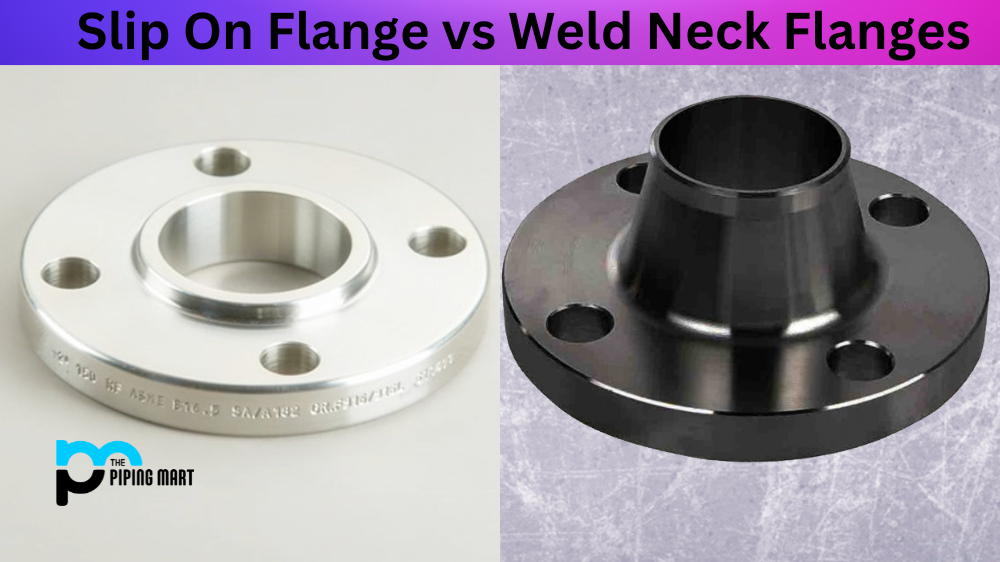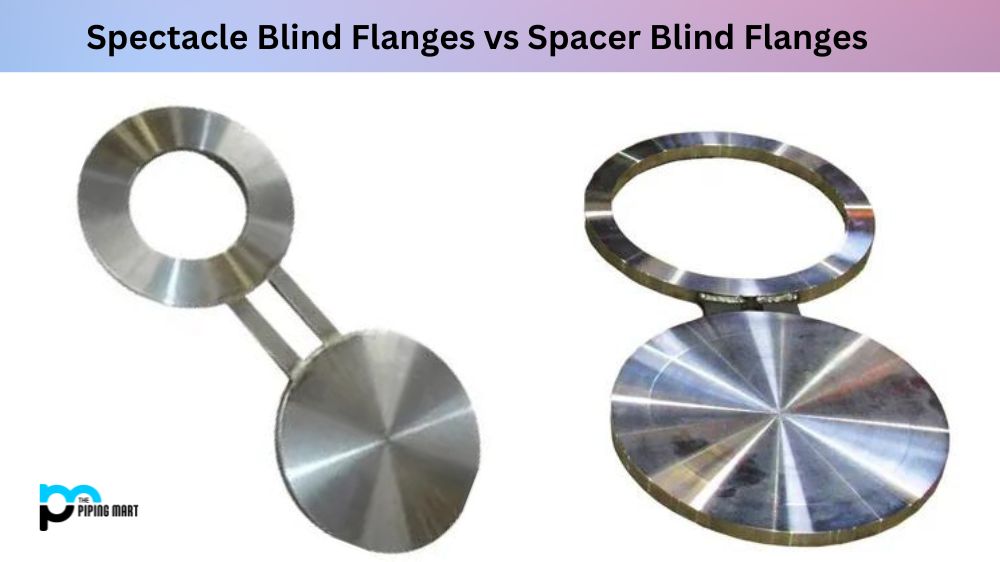When it comes to connecting ductwork and pipes, many industrial engineers use flanges. But which type of flange is best for each application? In this blog post, we will compare slip-on flanges (SOF) and weld neck flanges (WNF) to help you decide which one is right for you.
Slip-On Flange (SOF):
A slip-on flange is a circular fitting that easily slides over the end of a pipe or tube, securing its position through welding onto the pipe’s or tube’s exterior. Renowned for their straightforward installation and cost-effectiveness compared to alternative flange types, slip-on flanges may not match the strength of weld neck flanges, rendering them less ideal for applications involving high pressure or vibration concerns.
Weld Neck Flange (WNF):
A weld neck flange is very similar in shape to a slip-on flange but has a much longer neck that extends outwards from the base of the fitting. The extended neck allows it to be securely welded onto the end of a pipe or tube, creating a stronger connection than with a SOF. This makes WNFs ideal for applications where extra strength is needed. Such as those involving high pressure or vibration. Additionally, WNFs are usually more expensive than SOFs due to their increased complexity in manufacturing and installation.
Difference Between Slip on Flange and Weld Neck Flanges
- A slip-on flange is a type of pipe flange that is slipped over the end of a pipe and welded in place.
- A weld neck flange is a type of pipe flange that has a neck that is welded to the pipe.
- Slip-on flanges are typically used for low-pressure applications, while weld neck flanges are used for high-pressure applications.
- Slip-on flanges are easier to install than weld-neck flanges, but weld-neck flanges provide a stronger connection.
- Weld neck Flanges are easier to align than Slip-on-flanges during the welding process because the centre of the bore of a Weld neck Flange is in alignment with the centerline of the connected pipe, while the bore of a Slip-on Flange is not in alignment with the centerline of the connected pipe.
Conclusion:
When choosing between slip-on and weld neck flanges for your application, consider your budget and needs carefully. If you need something that’s easy to install and cost-effective, then a slip-on flange may be the best choice. But if you need something that can handle higher pressures or vibrations, then a weld neck flange would probably be better suited for your application. Ultimately, it’s important to make sure you choose the right type of flange for your project so that your pipes remain connected safely and securely!

Pipingmart is a B2B portal that specializes in metal, industrial and piping items. Additionally, we share the latest information and information about materials, products and various types of grades to assist businesses that are involved in this business.




